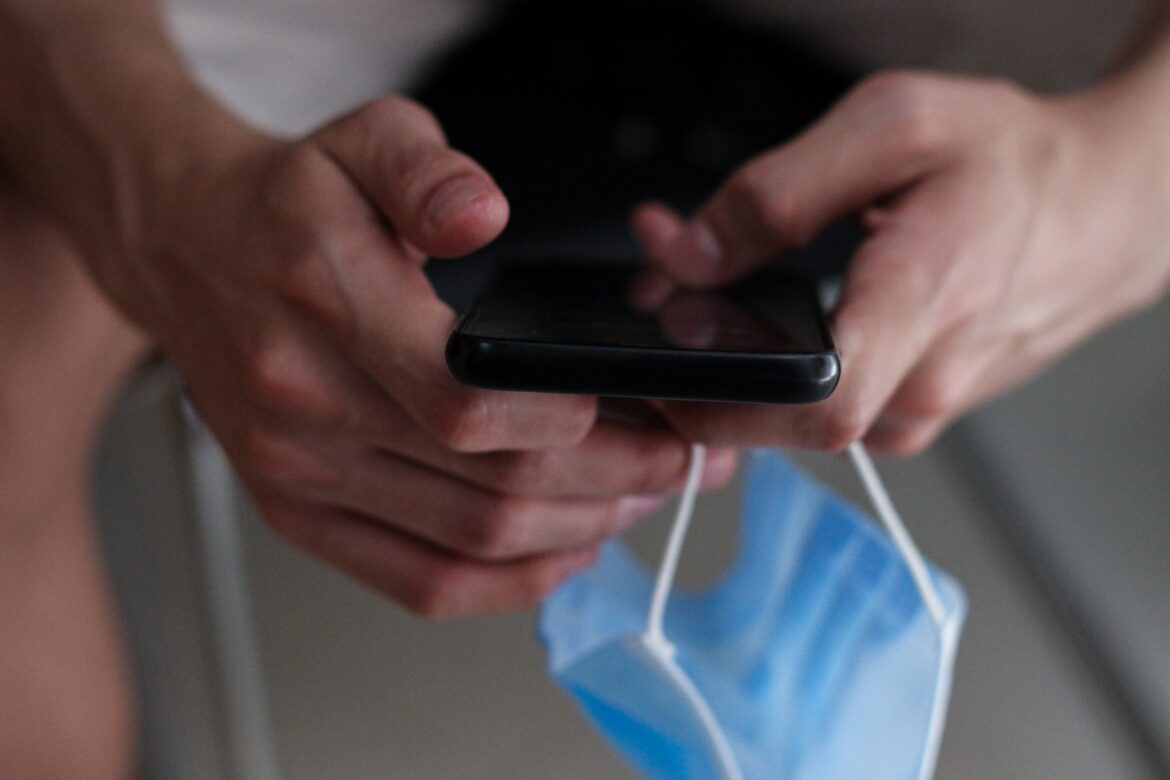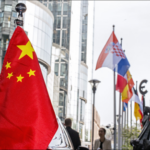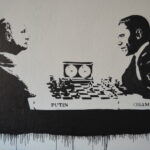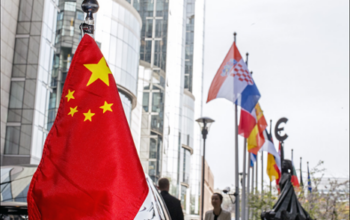No one really can explain how they have developed, and everyone will define them differently. Yet, they have altered our discourse within the digital arena fundamentally, and by that subsequently created a whole new way of how (online) communities are formed: Memes. Images, usually accompanied by a brief and well-pointed text, are basically digital jokes, and the uncontested form of humorous communication across all of our social media platforms.

Memes exist in all imaginable formats, serving all kinds of humor and satire in regard to… well, everything and nothing. Which is what is making this entire online phenomenon so particularly hard to explain, especially to non-digital natives. “What are you laughing at?” is a question commonly asked by parents when their kids are scrolling through the latest memes plastered all over their Instagram feed. But when these poor parents then take a look themselves, instead of a smile, bafflement spreads over their face, followed by the innocent question what those “memes” are and why they seem to be so entertaining?
In this lies the whole essence of how memes function and how they create a novel sense of belonging. Because they often serve a particular form of humor, that itself is intertwined with specific events, groups and topics, they are exclusive in the way that not everyone can relate. Not everyone (not just your mom) gets the joke. But if you do laugh, you automatically belong to a community that shares more or less the same perspective of the world or, at least, has the same humor and interests, as general as those might be.
In contrast to what the general public might think, the concept of a meme was not introduced by a 13-year-old Influencer, but by evolutionary biologist Richard Dawkins. Dawkins however did not come up with the online memes as we know and love them today, the word “meme” rather originated with his 1976 publication The Selfish Gene, a book about evolution in which Dawkins uses the term to refer to cultural entities. According to his initial definition, a meme is the cultural analog of a gene: “Like genes, memes spread, and, in their spreading, they take on a life of their own. Genes make up organisms and memes make up cultural agglomerations of organisms.”
Funnily enough, Dawkins’ 45-year-old definition also perfectly describes the memes that are nowadays generated, uploaded and shared millionfold in our social media feeds as well as their way of how they contribute to the forming of our identities.
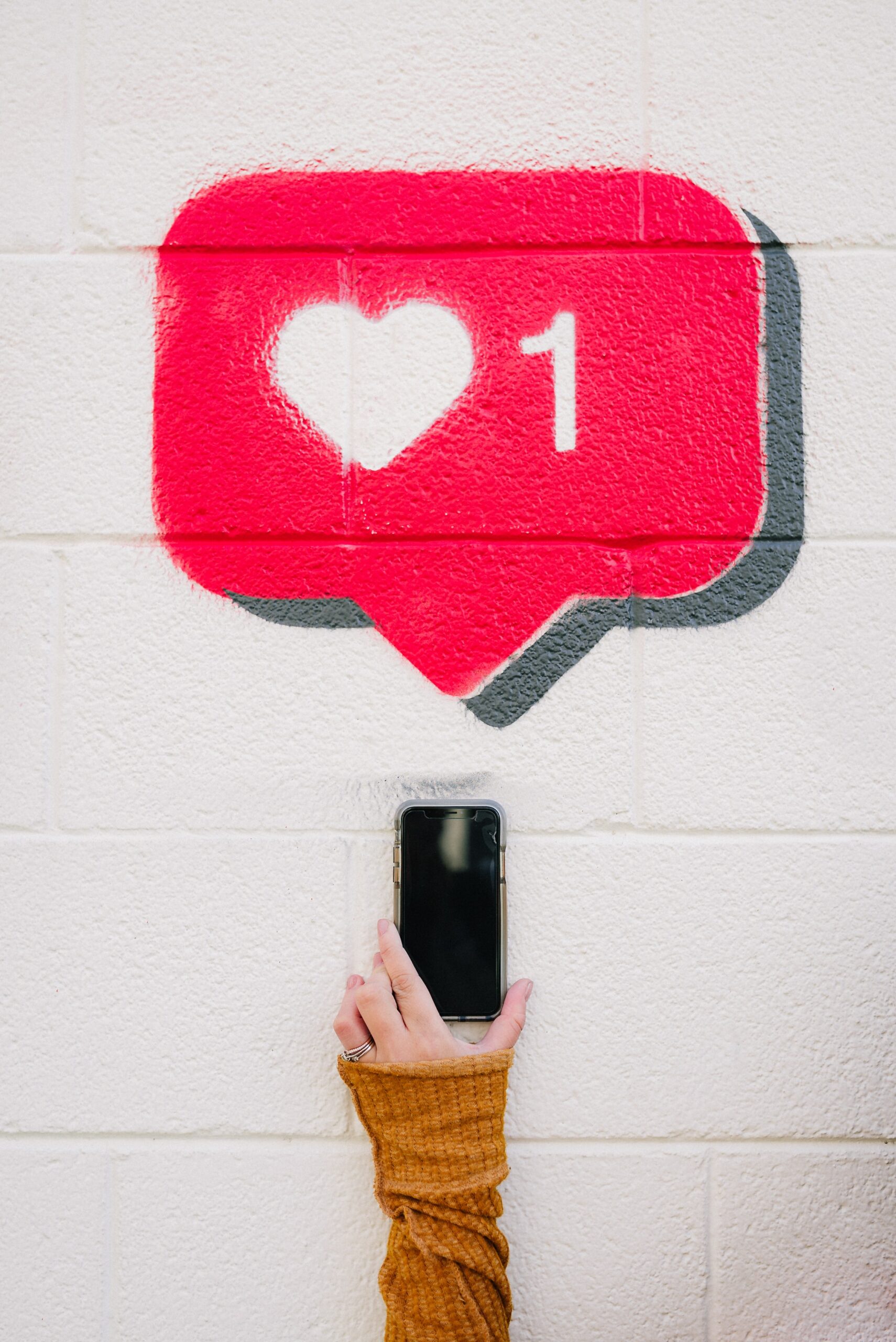
The ancient Greek saying “Show me your friends and I will tell you who you are”, means in 2021 “Show me the Instagram accounts you follow and I will tell you who you are” (obviously, there is a corresponding meme for that!).
This observation has not gone unnoticed in academia either. Elizabeth Cantalamessa, a scholar working on memes at the University of Miami states that “memes work with ideas, including complex socio-political ideas […] They can be a way of orienting oneself in the world.” This also includes any form of political orientation. Cantalamessa mentions in this connection the rise of intersectional and feminist meme communities.
The memes that originate from communities like these differentiate themselves by using them not just for internet humor but to address complicated issues of race, class, gender, and politics. The virtual communities consuming these memes then use them to build a sense of belonging and unity among their members. What is crucial to understand however, is that when members create such content, they not only express group identity and experiences, they are much more “creating a polyvocal discourse in which various ideological standpoints are expressed”, as Ryan Milner, an Associate Professor of Communication at the College of Charleston, writes and by that partake in norm formation which also finds application in our analog world.
This transition of norms from the digital to the real world is captivating because it openly challenges the way norms have been traditionally created and spread. Finnemore and Sikkink, scholarly coryphées in the field of international politics, have long held the most popular explanation of how norms emerge and spread. They describe the “life cycle” of an international norm to have three stages: emergence, cascade and internationalization. Finnemore and Sikkink’s theory implies that a norm usually emerges among dominant norm makers and is then distributed within the system until it reaches a universal acceptance.
Memes however are now democratizing this process, dethroning the dominant norm creators and allowing every ordinary person with a smartphone to participate in the process of norm formation. It does not even require them to play an active role and create memes themselves, it suffices if they share them in their network and help them gain popularity and thus, leverage.
Such new and participatory forms of digital technology have hence facilitated a dramatic shift in minorities’ accessibility to public discourse. They have enabled virtual public spaces to become significant sites for collective identity formation, on which especially marginalized groups have found a place to voice their interests and to create narratives that deviate from the dominant hegemonic line (Gal and Kampf).
So, memes are definitely more powerful than the average consumer might think. Regardless of their power, they should not be overthought too much. Sometimes, you just need a good laugh and that is what they are here for as well 🙂
Related articles:
Photo Credits:
By Asterfolio on Unsplash
By Karsten Winegeart on Unsplash
